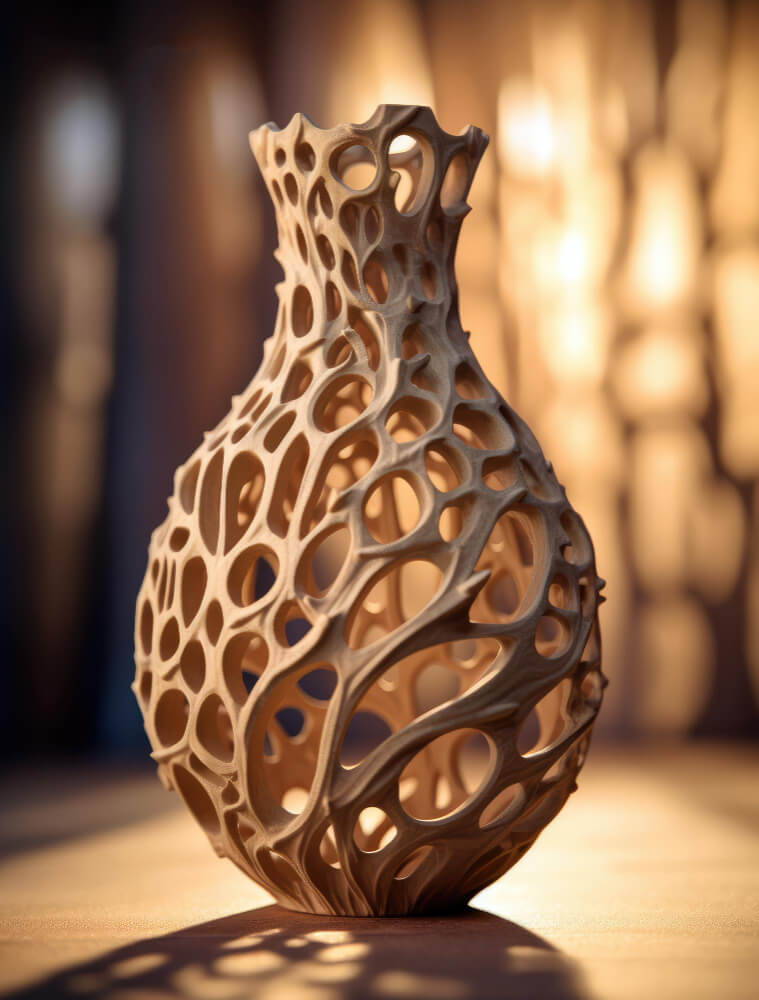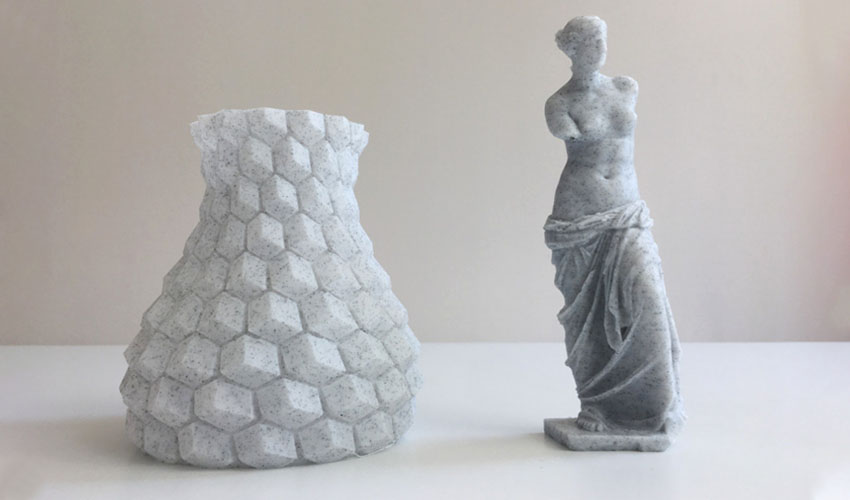3D printing has sparked a revolution in the world of sculptures and art, opening up new creative possibilities and pushing the boundaries of artistic expression
This innovative technology allows artists to bring their visions to life by transforming digital designs into tangible and intricate physical artworks.
One of the key advantages of 3D printing in sculpture and art is the ability to create complex and highly detailed forms that would be challenging or time-consuming to achieve through traditional sculpting methods. Artists can design intricate sculptures with intricate geometries, organic shapes, and fine textures, all faithfully reproduced with exceptional precision.

3D printing allows for the production of sculptures in a variety of materials, including plastics, resins, metals, and even composite materials. This versatility provides artists with a wide range of options to choose from, enabling them to select materials that best suit their artistic vision, desired aesthetics, and functional requirements.
Another fascinating aspect of 3D printing in art is its potential for creating interactive and kinetic sculptures. Artists can incorporate mechanical or electronic components into their designs, giving their artworks movement, light, or sound. This dynamic element enhances the viewer’s engagement and creates immersive and captivating experiences.






